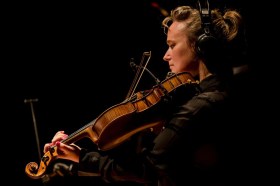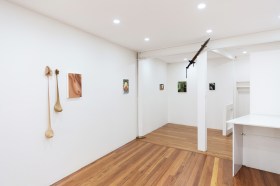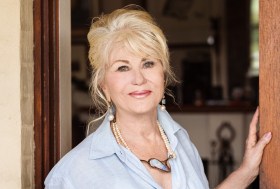Matt Kelly (left) and Richard Higgins (right) of The Listies. Image supplied.
Every week across the nation, aspiring comedians flock to open mic nights with set list notes written on the backs of their sweaty hands and their heads full of dreams. The biggest challenge faced by most comics at the start of their careers is making a room full of strangers laugh – but as professional comedians know, being entertaining is only part of what’s required in a successful comedy career.






